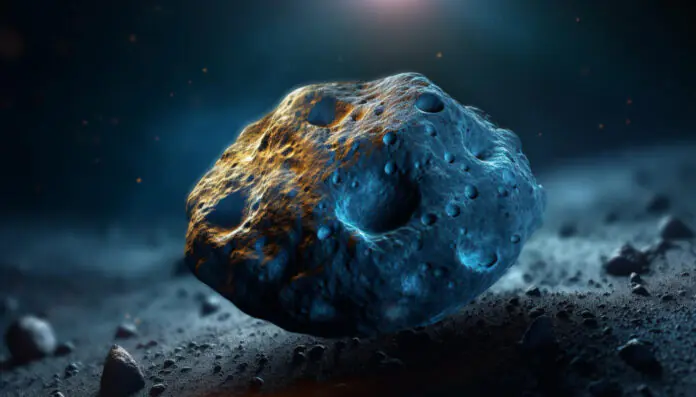Scientists find water molecules on asteroids Iris and Massalia, implications for Earth’s history
In a groundbreaking discovery, scientists have detected water on the surface of two asteroids for the first time ever. The South West Research Institute (SWRI) made this discovery using the Stratospheric Observatory for Infrared Astronomy (SOFIA), marking a significant milestone in our understanding of planetary formation.
Previously believed to be dry silicate asteroids, Iris and Massalia have now revealed the presence of water molecules on their surfaces. This discovery is particularly important as asteroids are remnants of the early planetary formation process and their compositions can provide insights into the delivery of water to Earth.
Embed from Getty ImagesDr. Anicia Arredondo, lead author of a Planetary Science Journal paper on the discovery, stated, “We detected a feature that is unambiguously attributed to molecular water on the asteroids Iris and Massalia.” This finding builds on the success of previous research that identified molecular water on the sunlit surface of the Moon, showcasing the potential of SOFIA in planetary research.
While previous studies had detected hydrogen on the moon and asteroids, it was challenging to determine if it was water or its chemical relative, hydroxyl. The discovery indicates that there is roughly the equivalent of a 12-ounce bottle of water trapped in a cubic meter of lunar surface soil, consistent with observations of water abundance on the sunlit surface of the Moon.
Understanding the distribution of water on asteroids could provide crucial insights into how water was delivered to Earth. This discovery also has implications for the search for life beyond Earth, as it could help researchers pinpoint locations in our solar system and others where water and potentially life may exist.
Looking ahead, researchers are planning to use NASA’s James Webb Space Telescope to analyze more asteroids, with initial measurements already conducted on two asteroids and plans to examine another 30 targets. This ongoing research holds promise for unravelling the mysteries of our solar system’s history and the origins of Earth’s water.
